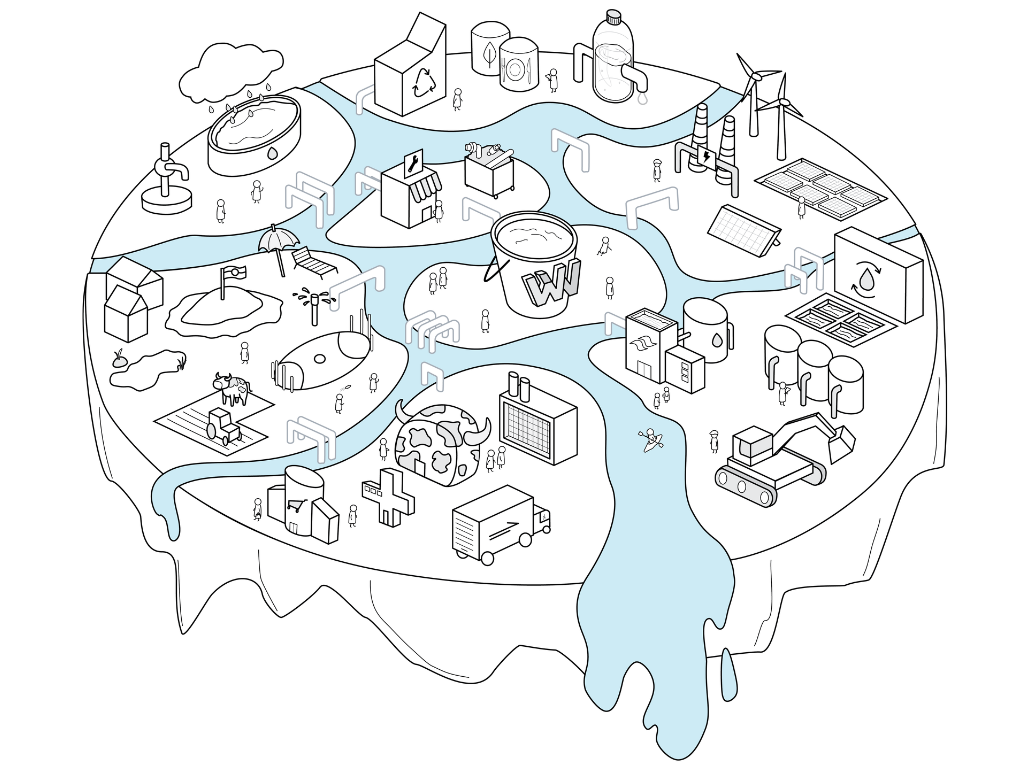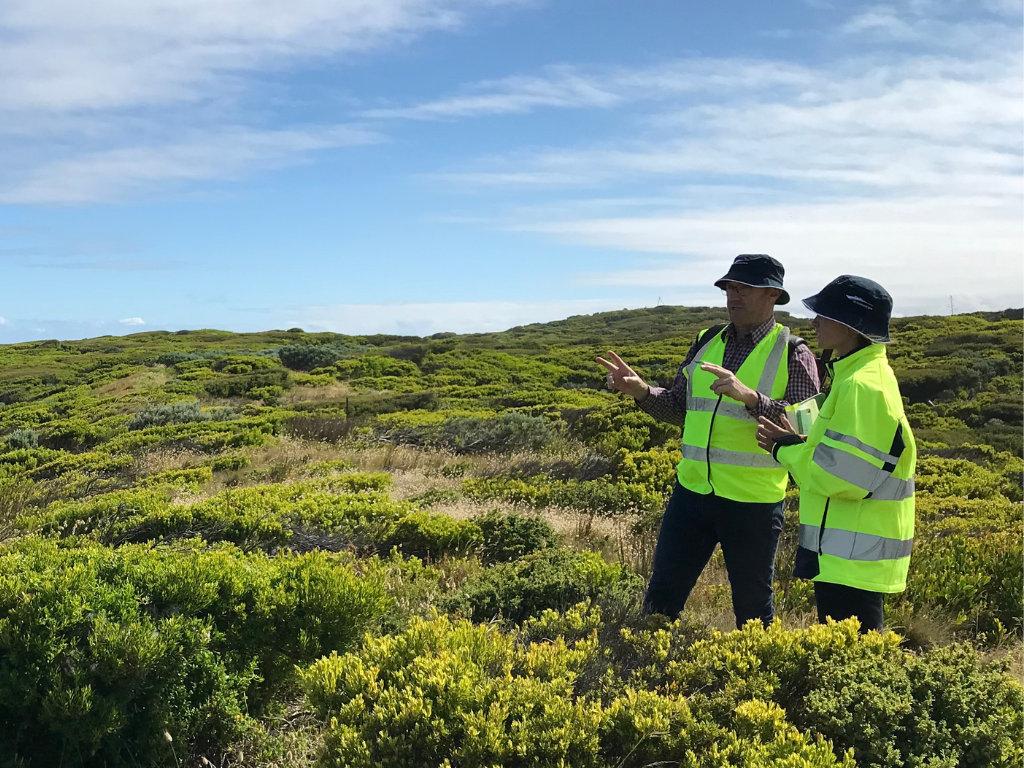The Aged Care Quality & Safety Commission (ACQSC) strives to improve the standard of aged care for all Australians. As a government regulator responsible for assessments and audits of aged care providers, they’re in charge of standardising quality across the sector.
Reports of aged care failings have come into the spotlight over the past 20 years, but it was The Royal Commission into Aged Care Quality and Safety, undertaken from 2018 to 2021, that amplified the need for urgent action.
The commission report revealed that the “system designed to care for older Australians is woefully inadequate. Many people receiving aged care services have their basic human rights denied.” It also highlighted the sector was experiencing overburdensome regulation, yet this was ineffectively addressing risk.
The Royal Commission recommendations underpin a once-in-a-generation regulatory reform. This includes a new Aged Care Act combined with strengthening the capacity and capability of the ACQSC as our nation’s aged care regulator.
As part of this transformative journey, the ACQSC engaged ThinkPlace and our partners at Ed Institute to design an innovative learning environment to boost Quality Assessors’ capabilities – the people responsible for evaluating aged care providers. We worked with the ACQSC to redesign and elevate the entire learning and development journey.

Image: Quality Assessor online training program
The Challenge
New recruits are onboarded by completing a four-week Quality Assessor Training Program before they’re formally registered as a Quality Assessors. The blended program combines self-directed e-learning, facilitator-led virtual training, site observation visits, and marked summative assessments.
ACQSC identified that people who passed the course still lacked adequate skills when they entered the workforce. There was an immature understanding of the complexities of caregiving, and resulting regulatory performance assessments lacked sophistication and a thorough analysis of the risks involved.
Our Response
To get Quality Assessors job-ready – and to ensure they’re supported throughout their career at ACQSC – we approached this project with a fast-paced, iterative, and deeply collaborative design. We did this in three phases.
Phase 1: Understanding the landscape
Equipping ourselves with a thorough understanding of the context, we gathered powerful insights by speaking to recent Quality Assessor graduates, team leads, and people currently in the program.
A key discovery from our conversations was that facilitators were often inconsistently adapting and changing the content and curriculum, creating learning discrepancies. We also found there wasn’t enough support for embedding people’s initial learning into practice after completing the program.
Using these co-design insights, we developed a robust and interlocking framework to support the intentional redesign of the Quality Assessor Training Program (QATP), plus provided recommendations and alternatives for ongoing Quality Assessors development beyond onboarding.
Phase 2: Designing an intentional onboarding experience
Applying this intentional redesign framework and drawing on our co-design insights we then began building the course to deliver a more fit-for-purpose learner journey and developmental experience.
Led by adult learning tools such as Bloom’s Taxonomy and the Gradual Release of Responsibility, and centering our work in service design methodology, we designed a curriculum map and syllabus that captured the complexities of the onboarding learning path.
Phase 3: Creating an enduring Learning & Development journey
Our learning journey trajectory is underpinned by opportunities for career progression. We wanted the Quality Assessor role to endure beyond the four-week onboarding program and registration, so we designed, tested and delivered three interconnected training programs. These included:
- Implementing the revised QATP syllabus with an appropriately designed content journey and delivery mode
- Establishing an emergent curriculum and training content for a ‘Clinical regulation’ expert course for advanced career Quality Assessors
- Developing a ‘train-the-trainer’ model with defined professional facilitator capabilities, detailed trainer manual, course material and QATP-specific facilitator guides

Image: Examples of training program material
The Impact
“Future assessor graduates will exit from this program with the right breadth and depth of knowledge to start their role as a regulatory official.” – Feedback from ACQSC
Working alongside the Ed Institute, we’ve helped facilitate organisational culture growth at ACQSC. The regulator has reported higher Quality Assessor retention rates, and has observed a wide-reaching increase in job-readiness.
By focusing on enhancing learners’ depth of understanding, and ditching the checkbox approach to training, ACQSC is now fostering a positive learning culture. Career paths are more straightforward, people are experiencing meaningful onboarding, followed by long-term Learning & Development opportunities.
With a better-equipped workforce, ACQSC is now in a more promising position to succeed in their goal of regulating to ensure quality, standardised aged care for all Australians.






